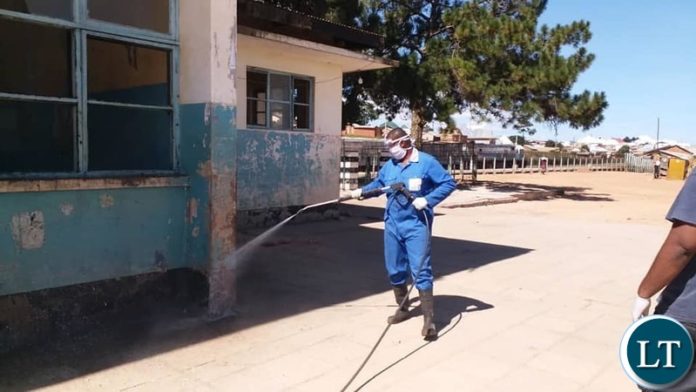Nakonde District in Muchinga Province is on high alert as MPOX cases rise amidst cross-border risks.
Nakonde District Health Promotions Officer, Getrude Chipampe said the district has recorded 22 suspected cases of MPOX as of August 6, 2025, with 11 of confirmed cases.
Speaking in an interview with the Zambia News and Information Services (ZANIS), Ms Chipampe said the border town situated at the critical Zambia-Tanzania intersection, which is a hub for regional trade, tourism, and migration, is now taking precautions to curb the spread of the disease.
“The Zambia-Tanzania border is a critical intersection for regional trade, tourism and migration increasing the risk of cross-border transmission of infectious diseases,’’ she said.
She revealed that the confirmed cases have shown symptoms typical of MPOX, including rash, headache, fever, and in some instances, lymphadenopathy.
Ms Chipampe pointed out that out of the 11 confirmed cases, nine patients have been discharged, while two remain in admission at Nakonde Mini Hospital.
She added that the two patients currently in admission are a couple, both aged 43, residing in Katozi Village.
“They presented with rash, fever, and lymphadenopathy a week before seeking medical attention and were detected through Event Based Surveillance active case search on August 1, 2025,” she said.
Ms Chipampe further cautioned residents to take preventive measures to curb further spread of the disease.
She advised the general populace to avoid close contact with infected persons, wash hands with soap, stay home if symptoms of MPOX are present, wear a face mask, use condoms when having intercourse and avoid multiple sexual partners.
She said the symptoms of MPOX include fever, severe headache, swollen glands, muscle pain, backache, feeling weak, skin rash, sore eyes, pain in the rectum, and pain or difficulty in urinating.
MPOX, a disease caused by the Monkey Virus, can cause a rash resembling pimples or blisters accompanied by flu-like symptoms.
It can potentially be spread from animals to humans and from person to person through direct contact with bodily fluids, contaminated objects, or close contact with an infected person.



MP is busy judge afwele alayamo aka 21 missed calls
Comments are closed.